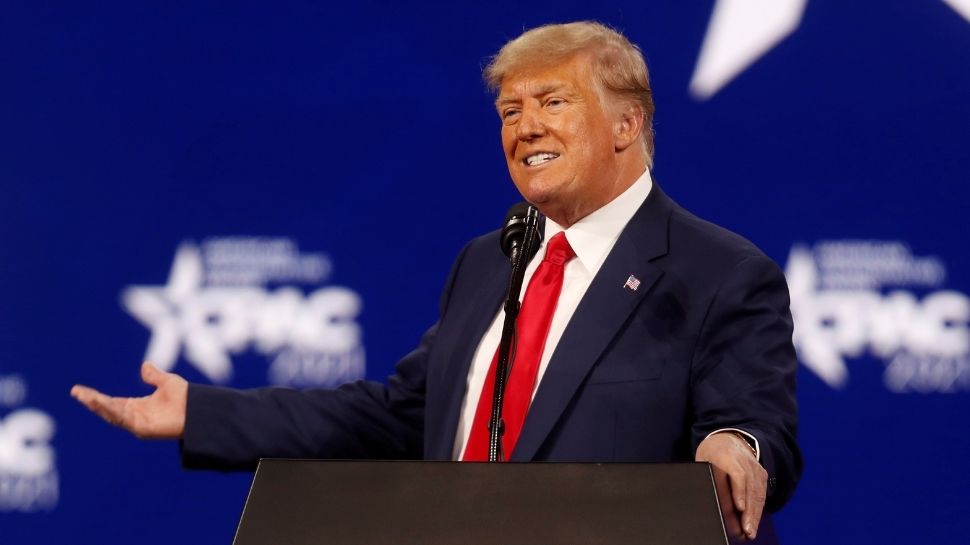By Dr Aparaajita Pandey
Now that it is clear that Trump would be the 47th President of the United States of America, Latin America is trying to gear up for what is expected from a Trump Presidency. During the campaign, Trump made it clear that he was planning on cracking down on immigration in an unprecedented manner, the other focal points are going to be trade and energy. We are possibly looking at a change in the US – LAC relationship. While the past Biden regime showed what could almost be called neglect and indifference towards the region, once can expect a greater involvement by the US in the region.
In the past decade, the Latin American region has decidedly moved more towards China, signing bilateral trade deals, as well becoming a part of the BRI, and China slowly taking over the largest market share in Latin America and the Caribbean as well. This has not been appreciated by the US and now under the Trump administration it would become a point of discussion to say the least.
Trump was the architect of the USMCA during his last term, and he would continue to stick with his protectionist trade policies. As Trump had announced that his term would be US- Centric which would in turn translate to a jump in tariffs. Claudia Sheinbaum is now wary of what Trump’s manifestations would mean for Mexico. One can expect higher tariff rates that would adversely impact Mexico as the US is one of its largest trading partners. The interplay of China in the US – Mexico equation cannot be discounted either. The US has shown a clear and pointed dislike of China gaining more prevalence in countries that are geographically proximate with the US. This would also heavily feature in any future negotiations between US and Mexico, and China has made significant progress with its relationship with Mexico.
There are other countries like Peru, Chile, Dominican Republic as well since Trump has been talking about imposition of 10 per cent tax on all goods. These countries including Mexico have free trade agreements with the US.
Venezuela would also remain a point of discussion in the coming presidency, Venezuela, Nicaragua, and Cuba will in all probability see more sanctions coming their way. The narrative based on the Troika of tyranny is going to continue as that ties in well with Trump’s narrative. Javier Milie of Argentina and Nayib Bukele of El Salvador are some of the few heads of State in the region who are celebrating Trump’s return. Bukele and Milie, both agree with Trump’s political philosophies and have often been compared to him as Presidents.
Brazil on the other hand, seems to be low on the US’ priority list. Something that has not been seen before. Trump would have shown more interest in a Bolsonaro leaning Brazil for sure. However, as we less of that rhetoric in the country, we also see the nation moving below on Trump’s priority list
While most countries in Latin America don’t see this as a favourable victory, interestingly Trump did manage to gather support amongst the Latino community in the US. Inflation and skyrocketing cost of essentials decidedly turned the voters against the democrats. There is also a clear preference for the republican leader that was seen among the Latino – Americans who came who fled from atrocities in countries that claimed to have a socialist regime, since they saw Democrat policies as leaning towards socialism. The Latino support that Trump managed to gather sealed his victory this time. Over the decades there is a clear demarcation that has emerged amongst immigrants and those who have now established their lives and livelihoods in the US, see illegal and undocumented immigrants as a hazard as much as the republicans.
It would be an educated estimate to say that Trump’s term would mean more violence against the immigrants, and minorities as a whole. Mass deportations and higher tariffs will lay the ground for resentment among people and instability in relations among the US and Latin American countries.
This instability and lack of economic support would eventually push Latin America towards forging more robust ties with other countries that could act as a counterbalance to the US, which would be China in most cases, and China and Russia in others.
It’s a tricky game that the US would be playing trying to minimize Chinese expansion on one hand and simultaneously delivering their neighbours into the Chinese hands on the other hand. While most Latin American nations would find ways to manage the trade deficit that is set to increase, it will be interesting to see how the US manages to stymie China’s promulgation in the region.
Author is an Asst Professor at Amity University and has a PhD in Latin American Studies, from SIS, Jawaharlal Nehru University.
Disclaimer: Views expressed are personal and do not reflect the official position or policy of FinancialExpress.com Reproducing this content without permission is prohibited.

